D-Mine
✅ Alleviates depression symptoms
✅ Improves mood stability
✅ Reduces anxiety levels
✅ Enhances sleep quality
✅ Manages panic attacks
D-mine contains Imipramine.
Product Overview
D-mine is a pharmaceutical preparation containing Imipramine hydrochloride as its active component. Classified as a tricyclic antidepressant (TCA), this medication is available in oral tablet form and is indicated for managing depressive disorders, panic episodes, nocturnal enuresis (bedwetting), and specific chronic pain syndromes. Its therapeutic action involves modulating neurotransmitter levels in the central nervous system, resulting in mood stabilization, anxiety reduction, and pain relief.
Therapeutic Indications
This medication is principally employed in major depressive disorder management, particularly in treatment-resistant cases. It is also clinically effective for panic disorder control, diminishing both the occurrence and intensity of acute panic manifestations. In pediatric applications, D-mine demonstrates efficacy in nocturnal enuresis management through neuromodulation of bladder control mechanisms.
Administration Guidelines
The tablets should be ingested orally with water, with or without food, strictly following medical supervision. Dosage regimens are individualized based on clinical presentation, therapeutic response, and concomitant medications. Consistent daily administration is crucial for optimal therapeutic outcomes. Discontinuation requires medical supervision to prevent potential withdrawal phenomena.
Mechanism of Action
The pharmacodynamic profile of Imipramine hydrochloride involves potent inhibition of serotonin and norepinephrine reuptake transporters. This action increases synaptic concentrations of these monoamine neurotransmitters, thereby enhancing neurotransmission in mood-regulating neural circuits and pain modulation pathways. The resultant neurochemical modulation underlies the medication’s antidepressant, anxiolytic, and analgesic properties.
Dosage Protocol
Therapeutic dosing follows a titration approach based on individual patient parameters. Adult therapy typically initiates with 25-75 mg daily, administered in divided doses, with potential upward titration to a maximum of 200 mg daily under medical supervision. Pediatric dosing for enuresis management is weight-adjusted and age-dependent. Strict adherence to prescribed dosing schedules is mandatory.
Therapeutic Advantages
- Clinically validated efficacy in depressive disorders and panic management
- Neurotransmitter homeostasis restoration
- Significant reduction in panic episode frequency and severity
- Effective pediatric enuresis control mechanism
- Conventional oral dosage form facilitating compliance
Adverse Effect Profile
Common pharmacologic effects may include somnolence, xerostomia, visual accommodation disturbances, gastrointestinal motility reduction, weight fluctuations, and micturition difficulties. These manifestations are typically transient and dose-dependent. Persistent or bothersome effects warrant medical consultation.
Precautionary Measures
Special caution is required in patients with seizure diathesis, affective spectrum disorders, or cardiovascular pathology. Potential emergence of suicidal ideation necessitates vigilant monitoring, particularly in pediatric and young adult populations. Comprehensive medical history disclosure and concurrent medication review are essential prior to initiation. CNS depressants, including ethanol, should be avoided during therapy.
Storage Conditions
Maintain at controlled room temperature (15-30°C) in original packaging, protected from humidity and light exposure. Implement appropriate medication security measures to prevent accidental ingestion. Dispose of expired or unused product through authorized pharmaceutical waste channels.
Medical Disclaimer:
The provided information represents current medical knowledge and is intended for educational purposes only. This content does not substitute professional medical advice, diagnosis, or treatment. The complete safety profile, including potential drug interactions and contraindications, may not be fully detailed herein. Always consult qualified healthcare providers regarding medical conditions and therapeutic options. This information aims to facilitate informed patient-provider discussions, not to replace clinical judgment.
| Strength | 25 mg |
|---|---|
| Quantity | 30 Tablet/s, 60 Tablet/s, 90 Tablet/s, 180 Tablet/s |
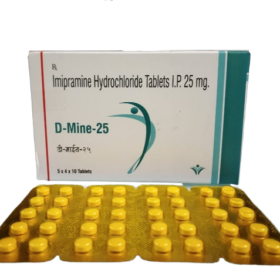 D-Mine
D-Mine









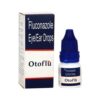
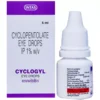
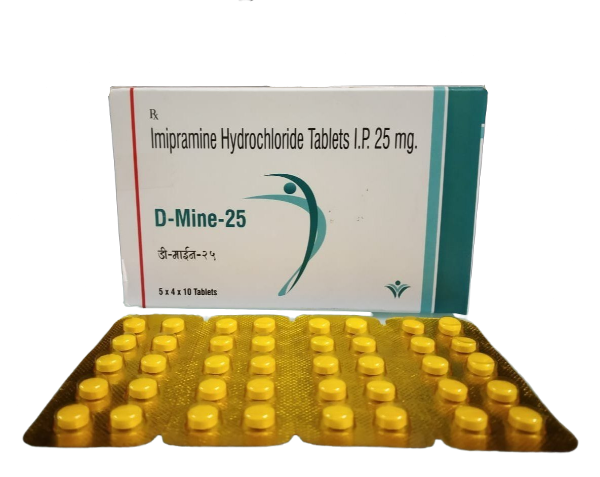
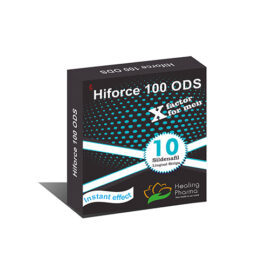
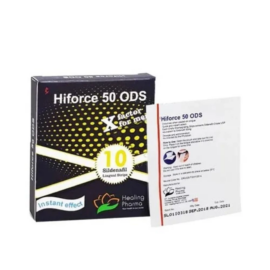
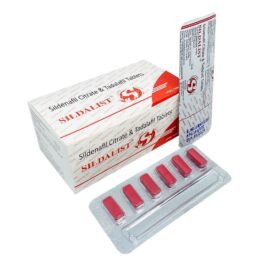
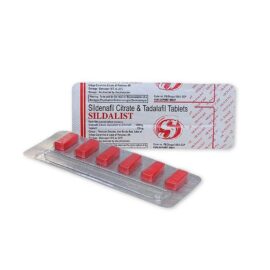
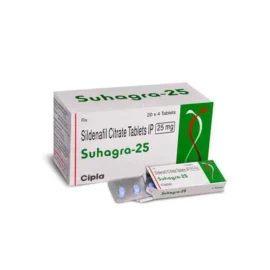
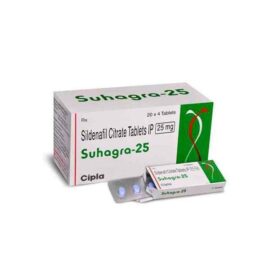
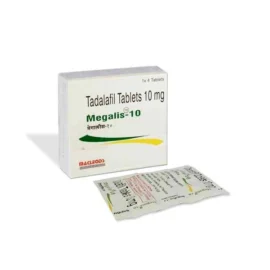
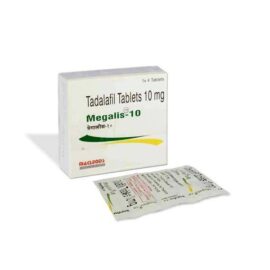
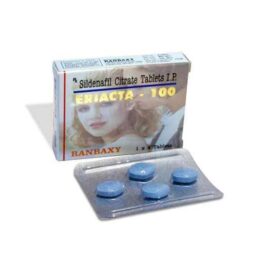
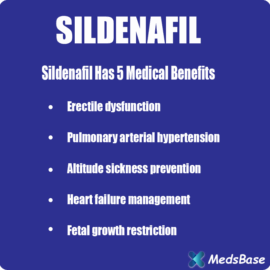
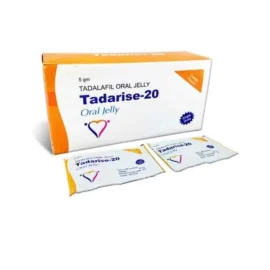
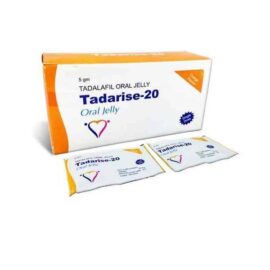
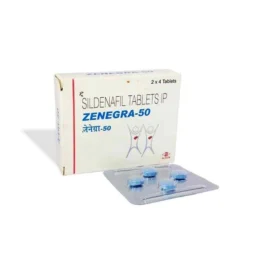
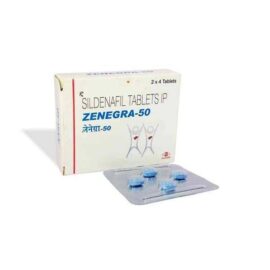


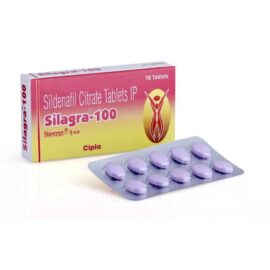
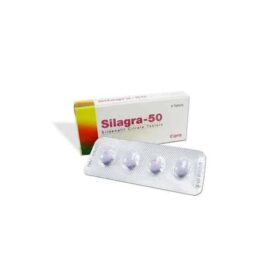
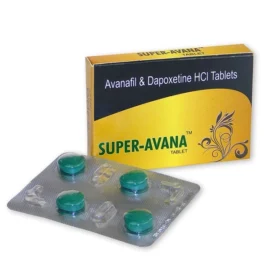
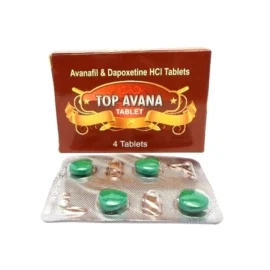
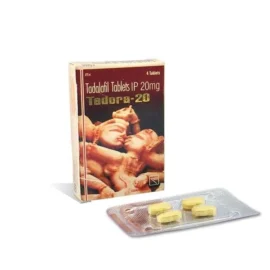

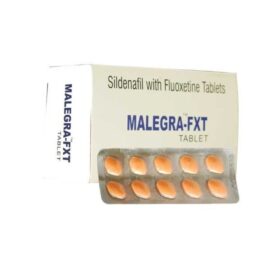
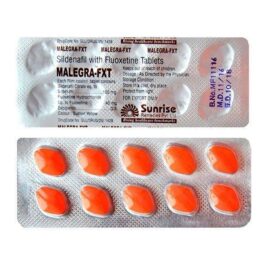
Reviews
There are no reviews yet